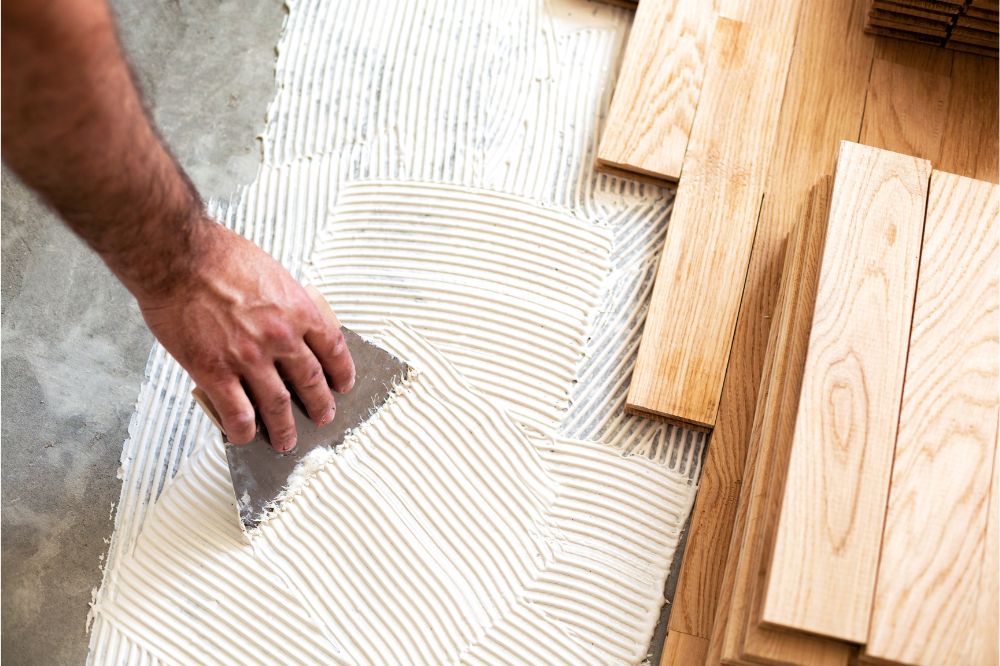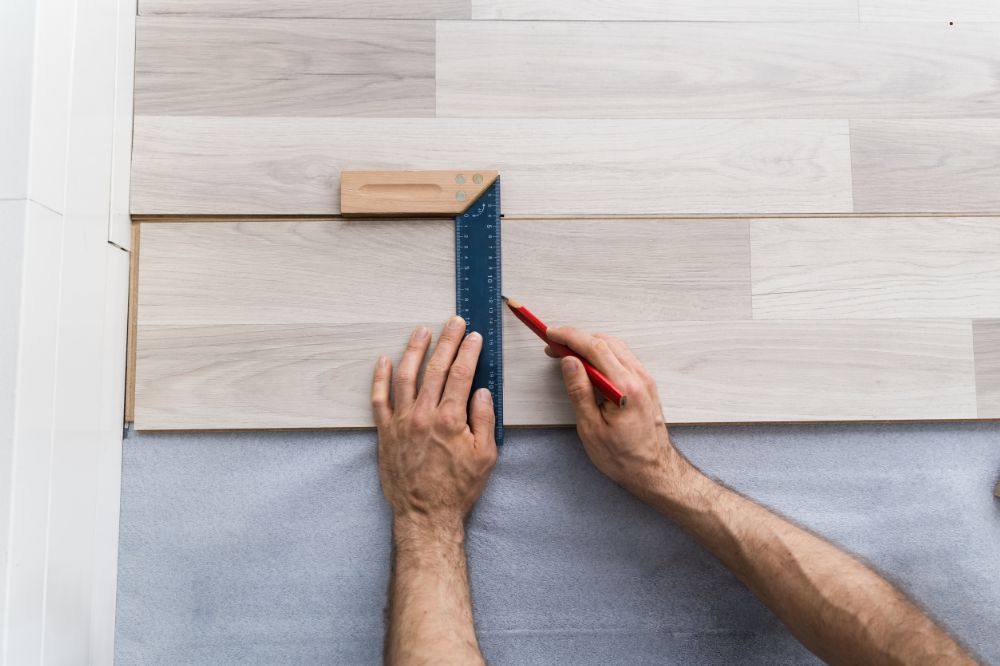3 Subfloor Questions to Ask Before Installing New Floors
No matter what type of flooring product you love, whether you are hiring professional installers or completing a DIY flooring installation, it’s extremely important to do your due diligence beforehand to ensure the best results possible. If your new floors are a floating floor, you will most likely not have to take subfloor considerations since installation can be completed over an existing surface. If your existing floors do need to be removed prior to your new installation, your subfloor will definitely need to be addressed!
By properly evaluating the conditions of your subfloor, you can ensure more accurate budgeting, scheduling, and minimizing errors. Taking these steps will also produce the best long-term performance results in your home over time. At Carpetland USA of Virginia, we recommend answering these three subfloor questions to help your new project proceed as smooth as possible.

1. Is The Subfloor Dry?
If your subfloor is not properly dry, your flooring can be set up for water damage before new installation is started. Subfloor moisture can lead to eventual damage in the form of warping, shrinking, separating, misshaping, and staining. You can check for existing subfloor moisture of evidence of dampness from previous flooding or rain events.
Different subfloors will require different non-destructive moisture tests to get the answers, so call the professionals if need you any guidance in the step. After the results are found, you may need to adjust the humidity level in the home for the best flooring installation conditions. This well help the floor perform better without damage down the line.
2. Is The Subfloor Flat?
Many flooring materials such as hardwood or tile require a completely flat subfloor to ensure that perfectly aligned seams and edges. An uneven subfloor will produce an uneven alignment and can cause tiles or planks to be higher or lower than the adjacent pieces. An uneven flooring height can create unsightly shadows that draw attention the wrong way or get damaged from foot traffic. Uneven subfloors can also contribute to squeaking, loose flooring pieces, or cracked pieces. It’s important to know if your subfloor will need prep work before installation to make it completely flat in order to budget correctly and plan your timeline accordingly.

3. Is Your Subfloor Structurally Sound?
To answer this question, first determine if the subfloor is connected as it was created, especially for older structures and the subfloors of new builds with prolonged exposure to the elements. You will need to repair or reinforce any damaged or loose subfloor sections before your new floors are installed.
Next, determine if the subfloor is structurally sound enough for your new flooring type. Since different flooring materials will present significant differences in how much the finished floors weigh, a higher weight can change how the finished floor sits on the subfloor. Assessing your subfloor stability correctly will contribute greatly to the performance from your new floors.
As older homes can settle over time, we also recommend that you check the spacing between the subfloor and the baseboard/molding in the rooms before new installations. For any additional subfloor questions, make sure to check in with our Carpetland USA of Virginia experts!
